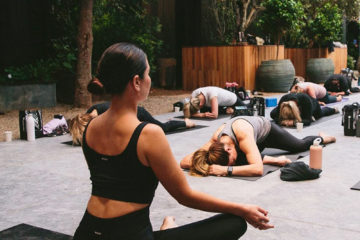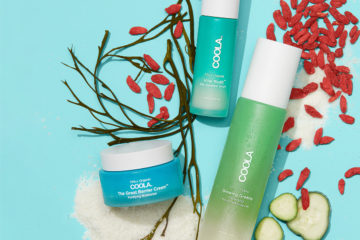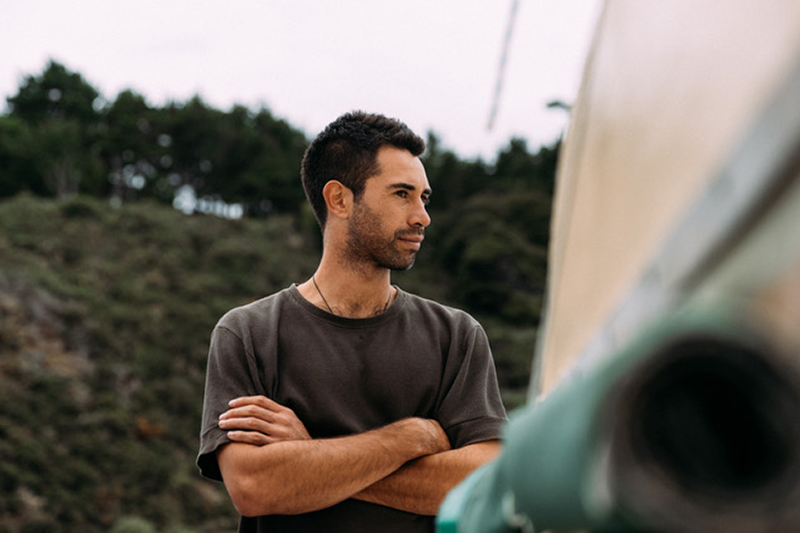
Inspired by his childhood on Aotea (Great Barrier Island), Tama is sharing the magic of our native flora with the people of Aotearoa
Growing up on Great Barrier Island, Tama Toki has a natural affinity with New Zealand’s native flora. Having been raised on his grandparents’ knowledge of the healing power of the plants and herbs from his own backyard, he understands that there’s much magic to be found in Aotearoa’s rich landscape.
Tama now shares the myriad benefits of ingredients such as kawakawa and kūmarahou through his company Aotea Made, named after the Māori name for Great Barrier Island. Taking inspiration from Rongoā Māori and scientific research into the active properties of our native flora, Aotea Made brings functional and healing herbal health products to Kiwis all over the country looking for a natural alternative to support their health and vitality.
Here, Tama talks to us about his inspiration, what his job entails and some of his favourite healing ingredients grown on his homeland of Aotea.
WHAT WAS THE ‘SPARK’ THAT LED TO FOUNDING AOTEA MADE & HOW HAS THE BRAND EVOLVED SINCE?
I suppose like anything it was an idea, that led to another, that consequently led to another – and then we ended up where we are at the moment! But I would say it would be a combination of my upbringing on Aotea and a desire to do something with what I was exposed to in a way that benefited our community.
WHAT DOES YOUR ROLE ENTAIL & WHAT MOTIVATES YOU TO DO WHAT YOU DO?
Well, I suppose from the recipes, to the design, to the formulation, to marketing, to securing the supply chain, to even building our little distillery, we all have to wear many hats, but having so many things to do across the business keeps me motivated. To see the business growing and evolving is really motivating too.
WHAT’S YOUR PERSONAL HISTORY & AFFILIATION WITH THE NATIVE FLORA OF NEW ZEALAND?
I grew up with my grandparents on Aotea and like all old people, they had a way of doing things that is probably seen as a little obsolete in ways (although there is a definite revival at the moment). So when my sister and I were sick, it would be in the bush that we found the cures. The other thing is that Aotea has no public utility for power or water, and only one nurse for the whole island (at the time). So you kind of had to be really independent and consequently we used what was in the bush a lot. I suppose I learned that from a young age.
IF YOU HAD TO PLAY FAVOURITES & PICK YOUR STAR NATIVE INGREDIENT, WHICH ONE WOULD YOU CHOOSE & WHY?
Kūmarahou, it’s bitter as hell. We’ve started looking into the plant agents with a lab in Wellington and some of the research suggests the plant chemicals are super anti-viral. I also had it a lot growing up, so there’s a lot of affinity there.
YOU HAVE A WONDERFUL SUSTAINABILITY POLICY AROUND PROTECTING OUR NATURAL HABITAT & NEVER TAKING ‘TOO MUCH’. WHAT ARE SOME OF THE INITIATIVES YOU UNDERTAKE TO HONOUR YOUR ROLE AS KAITIAKI OF THE LAND & THE NATURAL RESOURCES YOU WORK WITH?
Yeah this is an interesting one. Sustainability can be an oxymoron. Who can determine what is truly sustainable? And is it only sustainable so that whatever enterprise that claims it is sustainable can then commercialise itself to benefit from that tag? We now grow all of the flora that we use and for us the supply chain aspect is really important to get right. Then making sure that we set up an ecosystem that is powered by solar, which we have done.
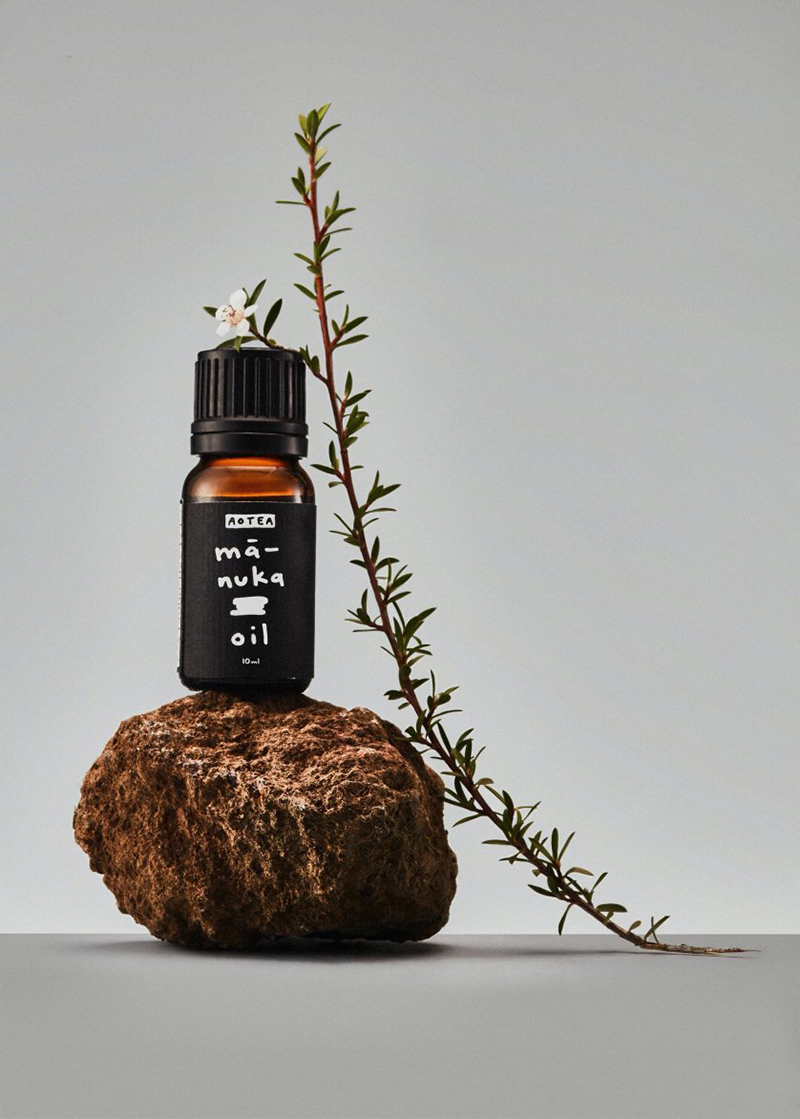
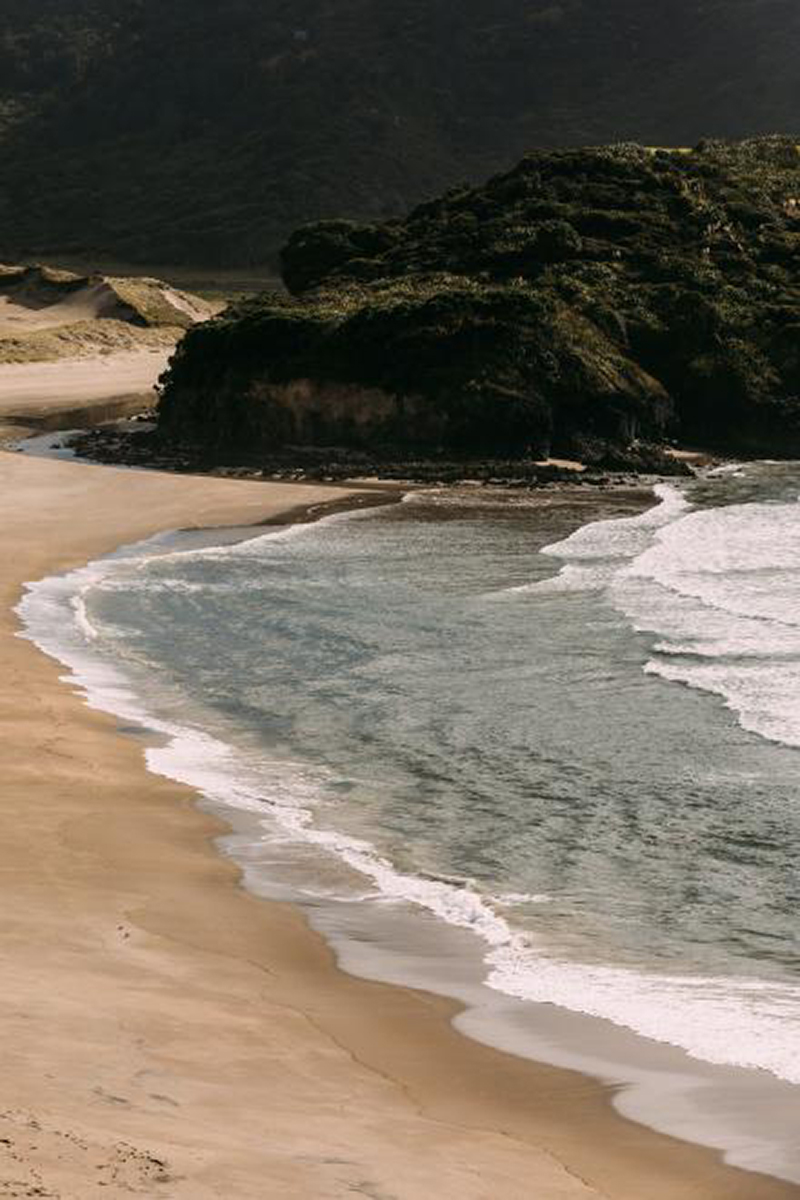
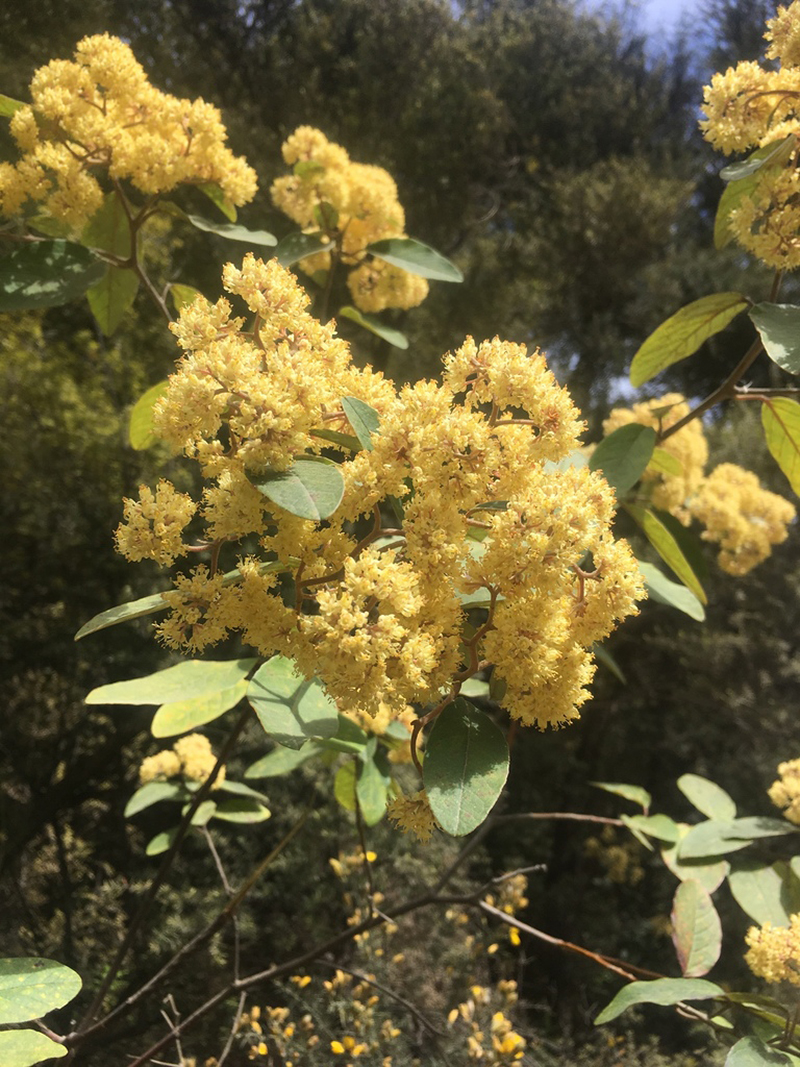
CAN YOU TALK ABOUT A COUPLE OF YOUR HERO PRODUCTS & WHY THEY’RE PILLARS FOR YOUR BRAND?
The Kawakawa Balm is likely our hero product. It has a super wide utility and is kind of an everything balm – from eczema, to burns, to cuts and grazes. It contains a plant agent called myristicin which is proven to reduce inflammation markers in your skin cells. What’s cool is seeing the renaissance behind kawakawa and people learning how to make the balm themselves. And it actually works. Some of the stories we’ve heard from our customers makes us feel as though it is pretty special.


